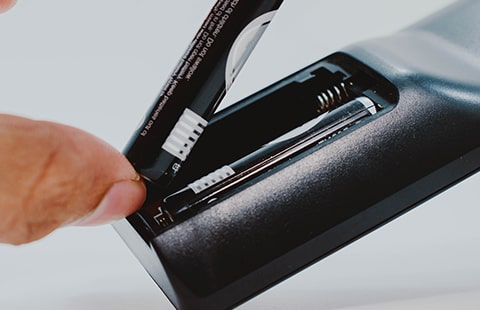Get unique, complex parts easily. No matter your requirements, Chaoyi Spring creates hard-to-produce coil springs and wire forms.
Let us help you create the custom wire form you need, from S-hooks and J-hooks to utility hooks and more.
We work closely with customers across a wide range of industries, helping them design and manufacture made-to-order parts.
Why choose Chaoyi Spring? We prioritize customer-focused collaboration, modern equipment and the latest technology to make your parts per print.
Find the information and guidance you need, from measuring a spring to learning about materials, placing an order and much more.
Compression spring latches are ubiquitous in our daily lives, quietly and efficiently securing doors, cabinets, and countless other items. These simple yet powerful mechanisms rely on the principle of elastic


Compression spring latches are ubiquitous in our daily lives, quietly and efficiently securing doors, cabinets, and countless other items. These simple yet powerful mechanisms rely on the principle of elastic energy storage to provide reliable and consistent locking action. In this article, we'll delve into the workings of compression spring latches, exploring their design, operation, and applications. From the basic principles of spring mechanics to the diverse types of latches available, we'll uncover the ingenuity and versatility that make compression spring latches essential components in numerous industries.

At the heart of every compression spring latch lies the compression spring, a coiled metal element that stores energy when compressed. When a force is applied to the spring, it contracts, storing potential energy. When the force is released, the spring expands, releasing the stored energy and generating a force that pushes or pulls on the latch mechanism.
Compression spring latches typically consist of a spring-loaded plunger or pin that is held in a retracted position by the compression spring. When the latch is engaged, a force (such as pushing a door shut) compresses the spring, causing the plunger to extend and secure the latch. When the latch needs to be released, a force is applied to the plunger, compressing the spring and allowing the plunger to retract.
Compression spring latches come in various designs, each optimized for specific applications. Some common types include:
The versatility of compression spring latches makes them suitable for a wide array of applications, from simple home fixtures to complex industrial equipment. Here are some common uses:
Compression spring latches offer several advantages that make them a popular choice in various industries:
When selecting a compression spring latch, consider the following factors:
Compression spring latches are essential components in countless applications, providing a simple, reliable, and versatile solution for securing various items. Their design, operation, and versatility make them indispensable in industries ranging from home improvement to industrial manufacturing. By understanding the principles of compression springs and the various types of latches available, you can effectively choose and utilize these mechanisms to create secure and efficient solutions for your projects.
From securing doors and cabinets to holding industrial machinery together, compression spring latches are quietly and effectively working behind the scenes. Their simple yet powerful design, coupled with their versatility and reliability, makes them a crucial element in numerous applications. As we continue to rely on these mechanisms for security, functionality, and peace of mind, it's important to appreciate the ingenuity and practicality that lies within these humble components.
Browse some of the custom wire forms and springs that we manufacture. Don’t see what you need? We specialize in made-to-order products that meet your application requirements.
Visit Our GalleryNeed a custom wire form or coil spring? We make it work. Fill out the contact form and a representative will respond within 1 business day. If you have a PDF or CAD file, you can submit to request a quote.